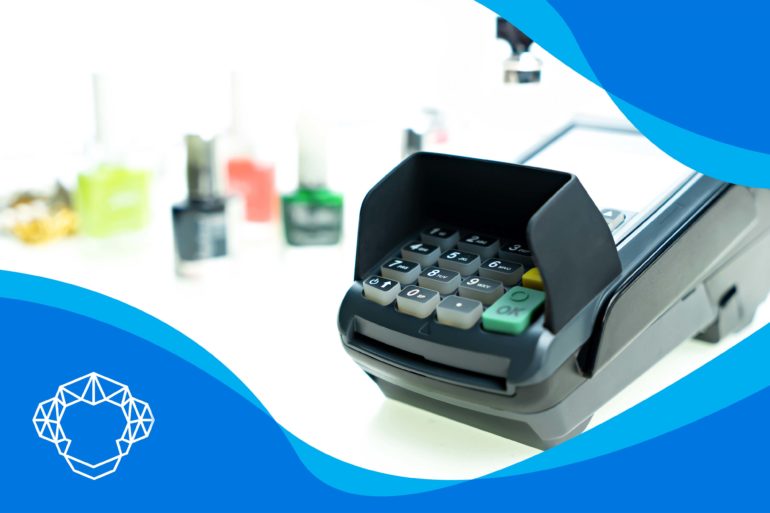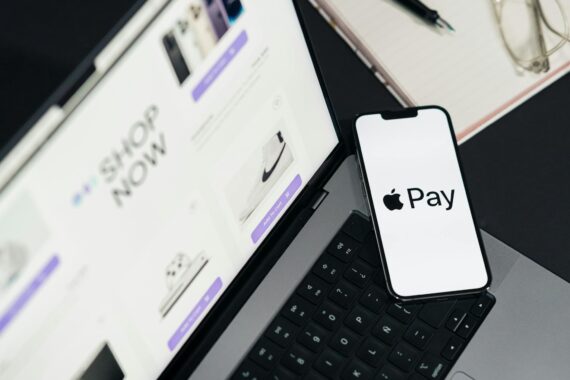As a merchant, you’ve probably been wondering what are the advantages and disadvantages of credit card virtual terminals in comparison to the more traditional POS machines. This depends mainly on the type and the size of your business. Although it sounds like a more contemporary and upgraded paying option, it is not always the best one. So, what kind of businesses could benefit from using them, and are they really necessary? Take a look at our guide to find out everything you should know about them.
Whether you’re just curious to find out something about the latest developments and stay up to date or you’re considering getting one and upgrading your service, we are aware that this all might be a bit confusing. Remember the days when wondering what is a merchant account was the biggest problem? It was all so perplexing, probably, but once you get into it, you realize that it is not so complicated, and the same is with this. To clarify something at the very beginning, no, this is not the same as wireless terminals, but let’s answer those burning questions first.
What Is a Virtual Terminal for Processing Credit Cards?
As the word itself says, it is something that is not physically present, meaning that there are no traditional POS terminals, swipers, or machines you have to install. Simply said, it is a web page, an online portal, or an application, through which you can process online charges. If online and in-app payments are an excellent way for you to attract new customers, this is the solution.
You’ll be able to accept credit and debit cards, and the only piece of equipment you’ll need is a computer and the internet connection, of course. This leaves no space for turning down payments since it fills all the gaps that other methods have, so there is nothing standing in your way to expanding a business. You won’t need a dedicated phone number, and some software even comes with a USB reader, meaning that you can still accept cards in the good old traditional way.
Can I Use It Even Though I Have a Physical Terminal?
Yes, sometimes it is convenient to have both options available at your place. A lot of times, your good old physical terminal may stop working, but your customers can’t wait. So it is good to have it even as a backup, for those occasions when something goes wrong.
All you need is a good internet connection, a computer, or a tablet from which you can access your online portal. What’s left to do is manually insert all the information from the customer’s paying card. From there, you can continue making sales while the processor company is working on fixing the problem.
What Kind of Support Do You Need to Enable Processing Payments Through Virtual Terminals?
Using these services is very straightforward, but every merchant should know and fulfill these few basic steps in order to enable this type of payment processing to its customers. Here’s everything you need to do:
- Setting up your merchant account is the first and most important step you need to take.
- Finding a reputable payment gateway to handle all financial transactions.
- Establishing internet access and a web browser.
- Getting a personal computer or a tablet.
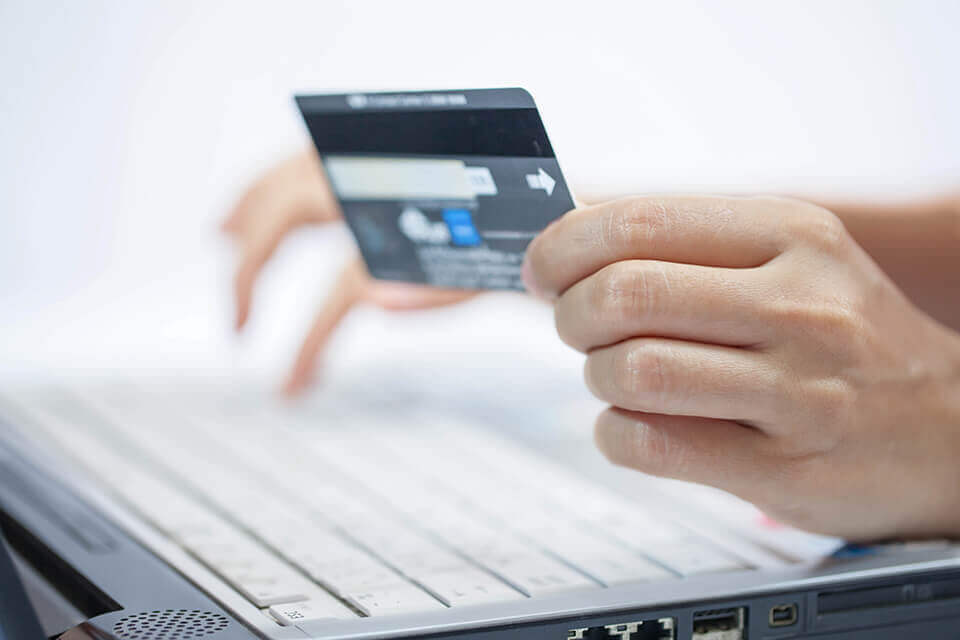
How Do I Process a Virtual Credit Card Payment?
Since we went through all the essentials, now it is time to explain how to process payments virtually. Your chosen payment processor will create you a landing page on its platform, from where you can manually insert all the necessary credit card information from your customer and complete payment processing. As soon as the transaction is complete, the customer will receive an electronic receipt that can be saved for future reference.
In most cases, during this type of transaction, the cardholder is not physically present. For example, a cardholder can be on the phone with you, making a reservation or purchasing a certain product. Personal data can also be sent through an email or an online chat, from where you can just copy them. Once you submit all the information, the customer’s account will be charged, and the funds transferred to your account, of course, minus the applicable fee for processing.
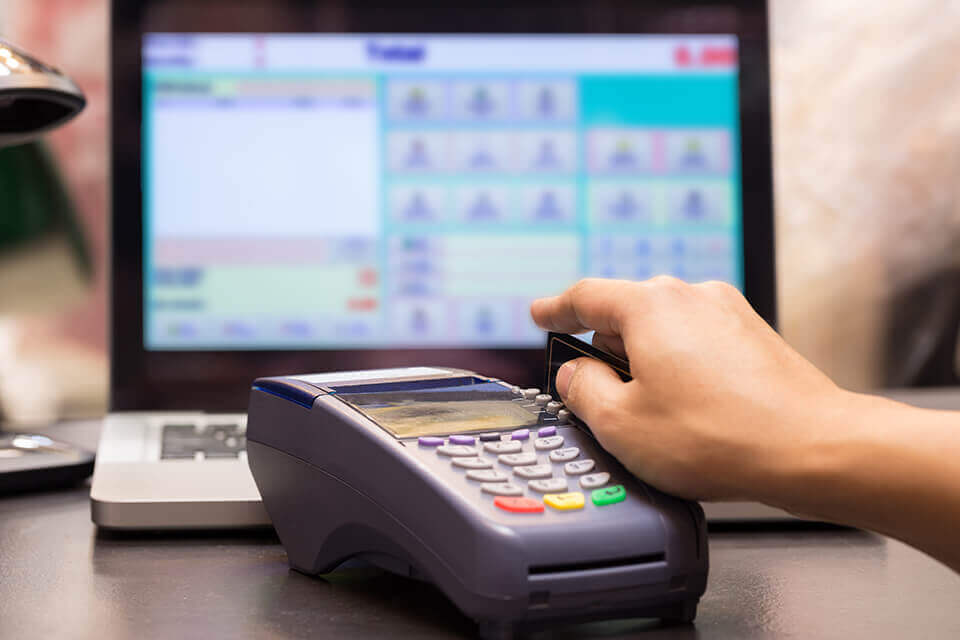
What Is a Virtual Terminal Fee?
Just because these payments are occurring virtually, does not mean that they come without a fee. Because you’re typing all the information manually, it implies that the card is not present during the transaction. That usually comes with slightly higher interchange fees than when cards are swiped, tapped, or dipped. Most processors charge higher fees because with CNP transactions, the risk of fraud is higher, and since you’re typing it all manually, there is the risk of making a mistake as well.
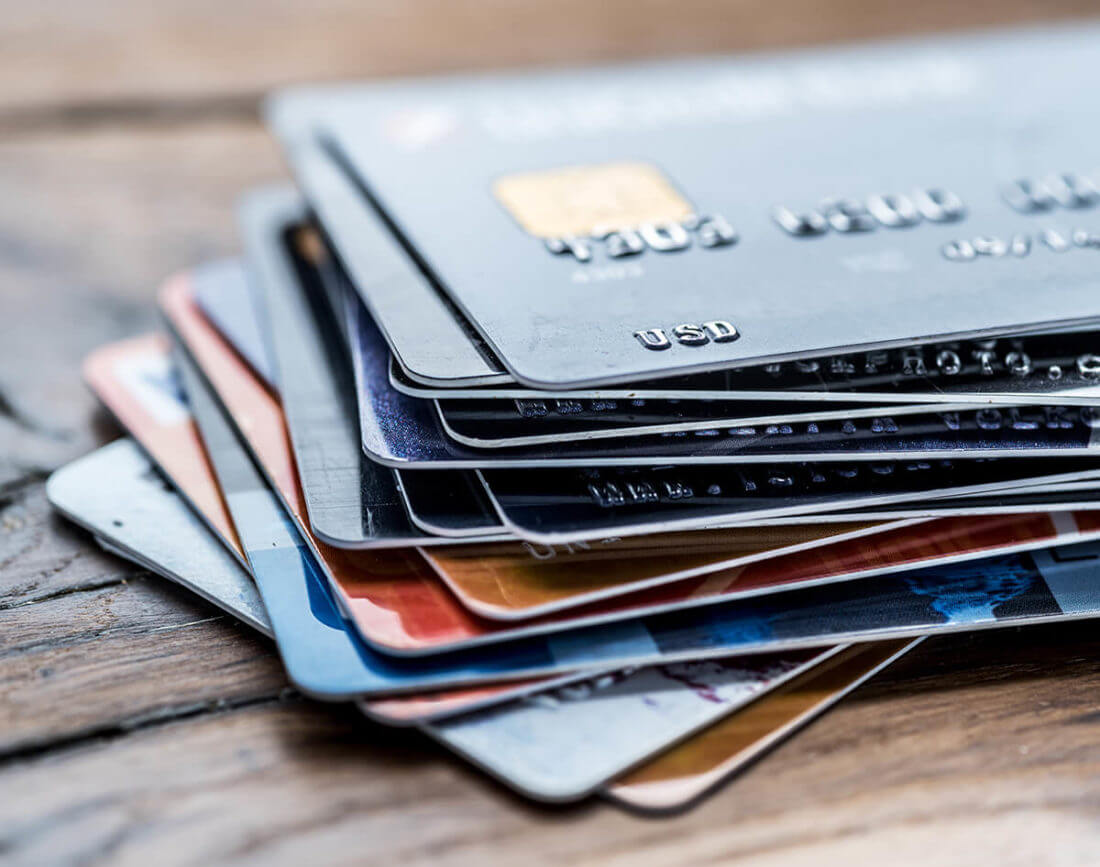
Are These Terminals Secure?
Since this is a web-based application, many are concerned about how safe it is to use. Ensure that your provider is offering you a PCI compliant service with features such as tokenization and encryption so that all security measures are taken. Only you and your employees have access to the terminal, not the customers, so everything is authorized and completed securely. It is the merchants’ responsibility to store and protect all sensitive data about their customers safely.

Which Businesses Can Benefit From Processing Payments Virtually?
Merchants who run a smaller business that offers its services through phone or email, have a vast number of recurring installments or handle online invoicing, can experience the benefits of such a system. For example:
- Food delivery services
- Merchants who accept orders via phone or email
- Home-based businesses
- Catalog-based businesses
- Freelancers
- Fitness and health services
- Small businesses that don’t sell through their website

What are the Advantages of Using Virtual Terminals for Payments?
Like all other options for digital processing transactions, this one also has its advantages and disadvantages. So take a closer look at them to help you determine whether or not this could be the right fit for your service.
Pros and Good Features
- There’s no need to invest in expensive POS software and traditional machines
- It is more flexible because transactions can be submitted even from a mobile phone because all you need is the internet
- It is an easy and quick way to process transactions without your customer being present
- They are perfect for scheduling recurring payments
- Unlike e-commerce payment options, this one allows you also to swipe cards
- No equipment maintenance fees
What’s Missing? Cons of Processing Transactions Virtually
- Typing requires attention to details since it is much easier to make a mistake
- Fees are higher for CNP transactions
- You’ll need additional security measures for CNP transactions to avoid chargeback fees

What are the Best Available Solutions for Credit Card Virtual Terminals on the Market: Our Top 5
Many merchant service providers are now offering affordable solutions for small businesses, so many merchants are deciding to embark on this adventure. With lower fees, not so strict requirements, and no long-term contracts, the time has never been better to experiment with a new tool.
Some of our picks offer a lot more than just the options to virtually process transactions, and they come with a set of features that could help you navigate your business easily. So without further ado, let’s recommend some of the best options on the market so that you can pick the right one.
Does Square Have a Virtual Terminal? Of Course, and Reviews Say It’s the Best One
According to reviews, Square could easily be the best option for new and small businesses since there is no application for a merchant account, and it is free. However, Square payment fees are a bit more expensive, and they can change over time. But it does come with some additional features such as customer and inventory management, and a free magstripe card reader. That reader is very convenient and worth the cost. There are no monthly or cancelation fees, and their support team is available for any further questions.
PayPal Payment Pro and Its Pricing Model: Who Can Benefit From It?
Although PayPal is the preferred method for many when it comes to processing transactions virtually, it can be very pricey, so no wonder that people are looking for PayPal alternatives. There is a monthly fee of $30 for the plan, a flat-rate fee of 3.1%, and an additional 30 cents for each transaction. Therefore, it doesn’t really pay off unless you’re receiving phone orders of $100 and more. The Pro plan is pricey, but since PayPal is a trustworthy company and pretty much everyone has an account, it’s worth it. Still, you should keep in mind that in most cases of chargebacks PayPal sides with customers, even when merchants provide all the necessary proofs.
Payline Connect, the Best One for Small Business Owners
If you run a smaller or perhaps a family business, and your monthly sales don’t go above $10,000, Payline Connect could be the most affordable solution. Since Payline offers several pricing models for you to choose from, there is something for everyone. The monthly fee is $20, and it covers the payment getaway and PCI compliance; the rate is interchange, 0.3%, and 20 cents per transaction. There are no additional features, but they do offer month-to-month contracts and cancelation without early termination fees, and their support service is available only during working hours and workdays.
E-Commerce Businesses’ Favorite Pick: Shopify
Shopify is by far the favorite among e-commerce businesses because it offers an all-in-one processor that does it all. Whether you need to charge virtually, through a reader, or online shop, it is all included. Shopify offers several plans for merchants, and its basic one is the most similar to Square’s pricing models and to the other competitors. The Basic plan includes an online store, reporting functions, and inventory management, so it fulfills the majority’s basic needs.
Dharma, Excellent Customer Support and Low Rates
Businesses that process more than $10,000 per month and have a merchant account often pick Dharma as their service provider. Since it relies on the interchange-plus pricing model, unlike other competitors from our list that uses flat rates, Dharma charges have really low rates. The monthly fee is $20, and you’ll pay 10 cents and .20% per transaction for most cards. For example, when using American Express, the rates are slightly higher. Dharma allows you to create custom receipts with your logo and name and easily track everything on your dashboard. Their support service is highly praised, but there’s still one thing missing, and that is the inventory function.

Should You Invest in Such Terminals?
Whether or not this is a good investment depends solely on your business model. If you have the need to accept remote payments often, this could be an excellent solution for you. But since the fees are slightly higher for CNP transactions, this is not usually a preferred method among owners of brick-and-mortar businesses. So, if your business is compatible with this method, feel free to browse through many companies offering software solutions and pick the best one.

